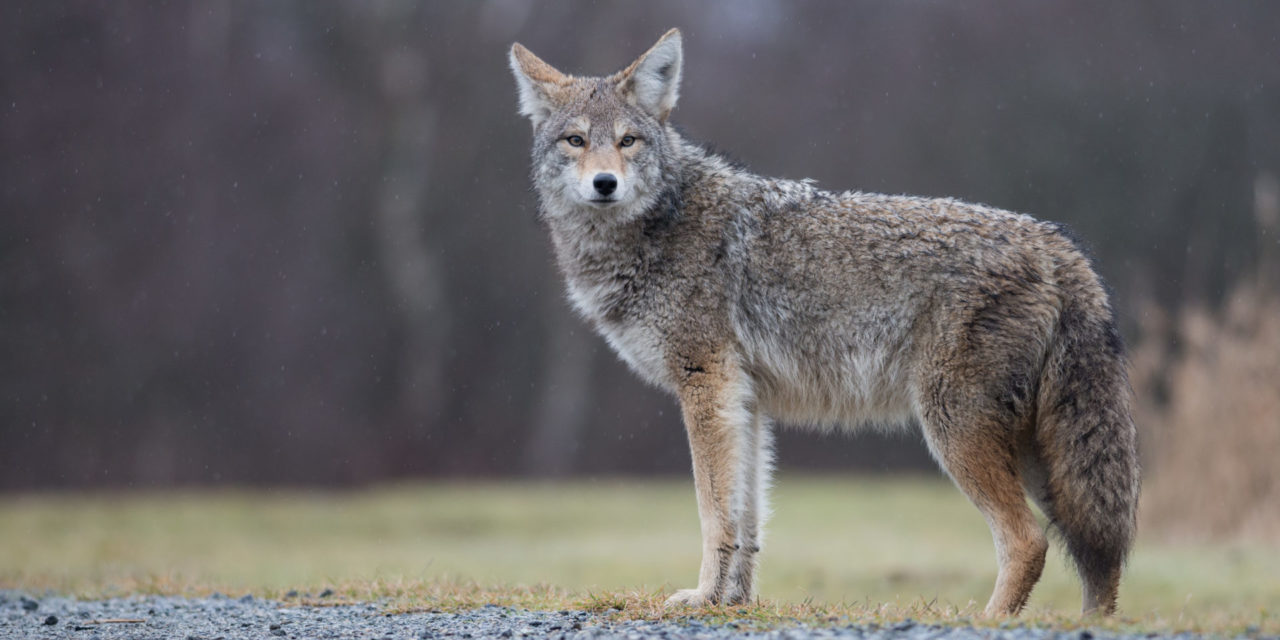Four trails in the Lake Brandt area have been closed by the Greensboro Parks and Recreation Department until at least March 16.
According to the press release, “In coordination with the NC Wildlife Resources Commission and Guilford County Animal Control Shadyside, Owls Roost, Wild Turkey and Nat Greene trails will be closed until at least March 16 due to the presence and aggressive nature of a coyote.”
Reports are that at least three people have been bitten and as many as six have reported being attacked by a coyote on trails in the Lake Brandt area.
While the trail is closed, “wildlife experts will investigate and implement any needed corrective measures to provide safer passage and usage of affected trails.”
Falyn Owens of the NC Wildlife Resources Commission noted that coyotes are part of the natural habitat but rarely interact with humans. She said, “We do recommend closing the trails for 10 days in order to err on the side of caution and keep residents safe.”
Greensboro Assistant City Manager Chris Wilson, before he got kicked upstairs, worked for the Parks and Recreation Department for over 20 years and was the unofficial “critter guy” for the department. Wilson said that it was early in the season for rabies, but until the coyote is located they won’t know for sure.
Wilson added that February through the beginning of March, male coyotes were looking for “companionship” and it wasn’t unusual to come across one that was aggressive during this time of year.
However, he added, “I’ve dealt with a lot of calls about coyotes and it’s really rare for them to be aggressive enough to chase a bike.”
Wilson said the coyotes are always there but it is rare to see them because they don’t want to be seen and usually hunt at night.
He said, “When you’re in the woods, you have to remember that you are in their home.”
And he added that this would be a good opportunity to remind people how to stay safe on the trails and what they may encounter.
Coyotes have been in North Carolina since the 1960s and, according to wildlife experts, the number continues to grow. They are extremely adaptable and have no problem living in an urban environment where people rarely see them and may discover they are in the area when pets start turning up missing.


“we want to err on the side of caution and keep residents safe”. It is the same Safe Squad that closed down our economy? Gotta justify those phoney-baloney jobs by bossing people around and telling them what to do, or not to do.
Imagine Dan’l Boone keeping “safe”.
If only they’d worry about the wolves on the City Council.
Coyote’s, driveby shooting …. Isn’t it amazing how things on the NORTH side of Greensboro get press and rewards with crimestoppers but on the southeast of town gets excuses and crickets. Last time I checked EVERYBODY pays taxes but the drug dealers.